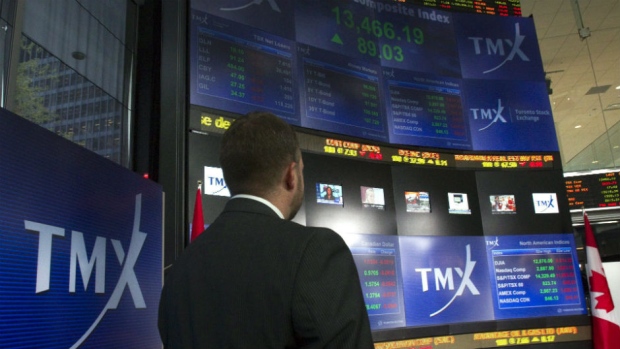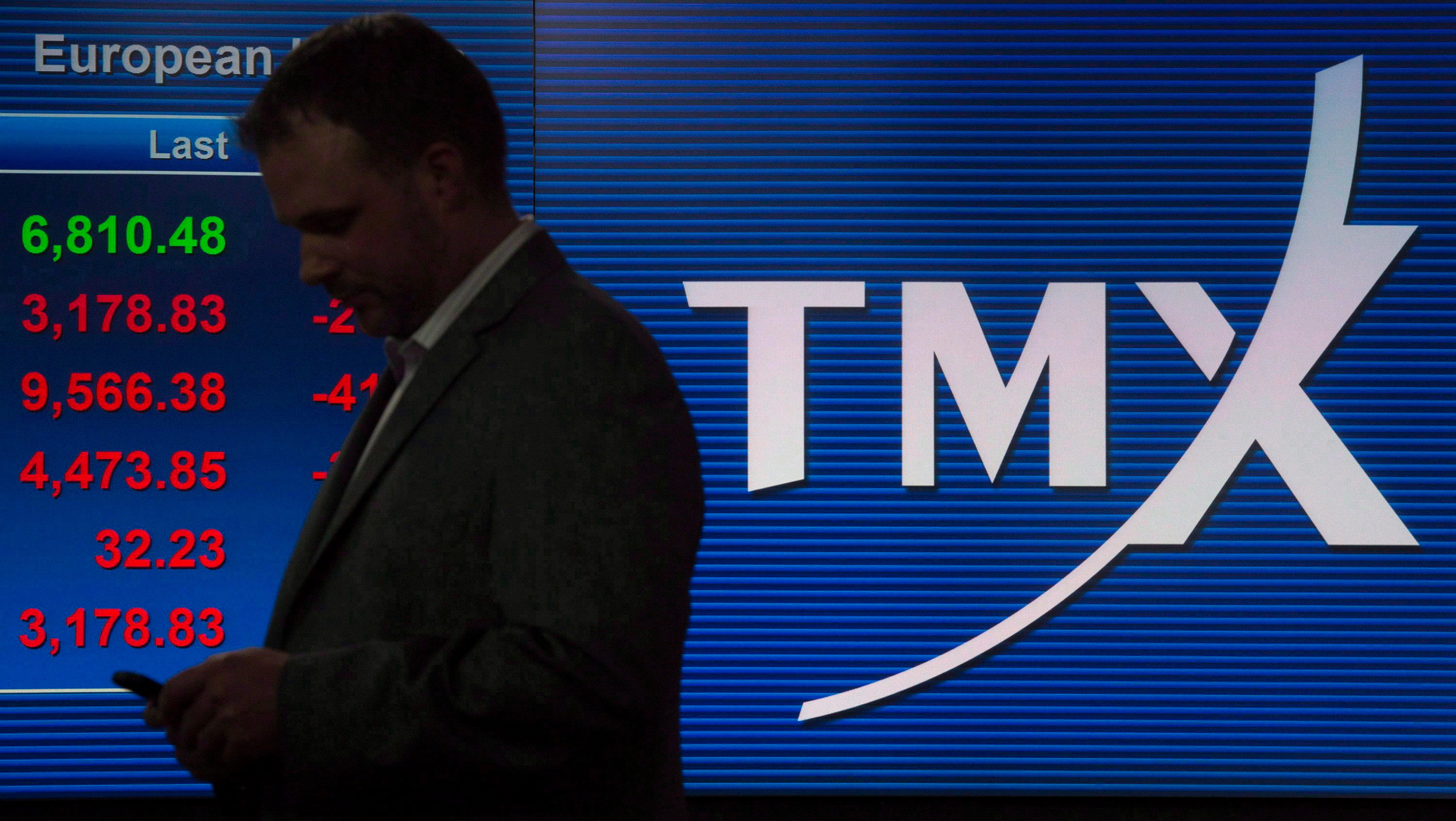Jul 3, 2018
What trade war? Strategists get more bullish on Canadian stocks
, Bloomberg News

What’s a little trade skirmish between friends? Not much, according to strategists who say a tit-for-tat tariff stand-off with the U.S. will be overshadowed by a rebound in energy shares that will drive Canadian stocks 4.9 per cent higher by year end.
The S&P/TSX Composite Index closed at 16,278 Friday for a second-quarter gain of 5.9 per cent, its best quarter since the end of 2013. The benchmark will end the year at 17,068, according to the average of 10 estimates compiled by Bloomberg. That’s marginally ahead of the level that was predicted in January but still lags the 8.3 per cent gain predicted for the S&P 500 in the U.S, according to a Bloomberg survey.
“The primary driver of our overweight allocation to Canada is the energy space, because energy stocks have lagged the underlying commodity price significantly and we think we’re going to see a catch-up there,” said Candice Bangsund, portfolio manager for global asset allocation at Fiera Capital Corp., who helps manage $136 billion and recently raised her year-end target to 17,300 from 16,900.
The energy sector lagged in the first quarter but surged 15 percent in the second, its best quarterly increase in nine years. MEG Energy Corp. was the top-performing S&P/TSX stock in the second quarter, rising 141 per cent.
WEIGH IN

Which of these Q2 TSX laggards do you think will bounce back in Q3?
MOST BULLISH
Ongoing North American Free Trade Agreement negotiations coupled with U.S. tariffs on steel and aluminum, retaliatory measures from Canada, and the more dire threat of U.S. duties on autos are making investors nervous, but trade fears will ultimately be overlooked by strong fundamentals, Bangsund said. She sees the most upside in value stocks including energy, financials and materials -- the three largest sectors on the S&P/TSX, which together account for about two-thirds of the benchmark.
Tightening global crude supply, improving fundamentals and the persistent underperformance of the sector means the rally in Canadian energy stocks “is likely to be more extended than our previous assumptions,” Brian Belski, chief investment strategist at BMO Capital Markets, wrote in a note last week, raising his rating on the sector to overweight from market weight. He has a year-end target of 17,600 for the S&P/TSX.
The most bullish outlook is from Luc Vallee, chief strategist at Laurentian Bank Securities. He sees the benchmark outperforming the U.S. market and ending the year at 18,000, driven by commodity demand.
“I still think the U.S., given its high multiples and exposure to international markets, will have a hard time progressing and the Canadian market will offer a better return,” he said.
MOST BEARISH
Sadiq Adatia, who manages about $21 billion as chief investment officer at Sun Life Global Investments, is the most bearish among the analysts surveyed, seeing the S&P/TSX ending the year between 16,000 and 16,250. That’s above his earlier forecast of 15,200 but implies stocks will slip from current levels.
“We still have these NAFTA concerns, oil has probably plateaued, and the Bank of Canada will probably raise rates one more time so you won’t see consumers being too aggressive in their spending either,” Adatia said. “We don’t see significant upside from here.”
Here are the strategists’ calls for year end, ranked from bulls to bears:
Laurentian Bank: 18,000BMO Capital Markets: 17,600Scotia Capital: 17,400Fiera Capital: 17,300Edward Jones: 17,050Manulife: 17,000Canaccord Genuity: 17,000Russell Investments: 16,900RBC Capital Markets: 16,300Sun Life: 16,000-16,250


